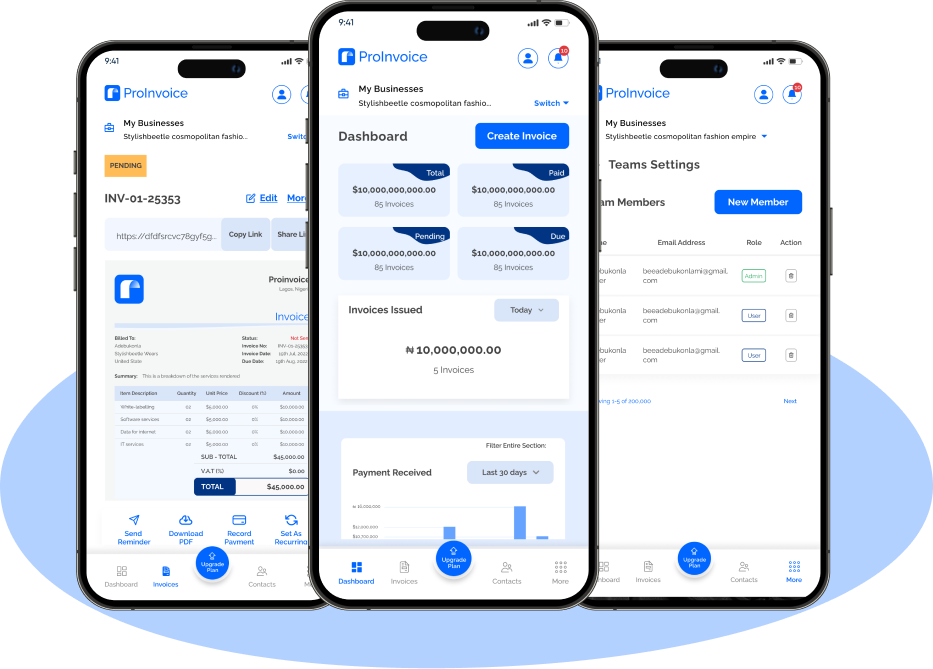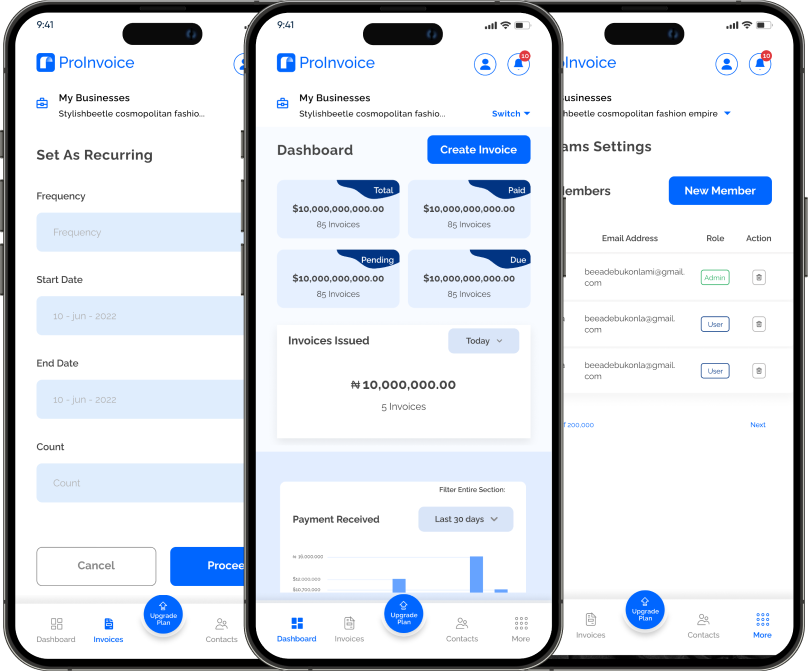As the world leans further into AI-driven technology, machine learning (ML) remains one of the most exciting and practical skills to acquire. Fortunately, you don’t need to spend a fortune to get started—there are plenty of high-quality, free online courses that offer structured, in-depth ML education. Whether you’re a complete beginner or brushing up on your skills, here are the top 10 free courses you should consider in 2025.
1. Machine Learning by Stanford University (Andrew Ng) – Coursera
- Why it stands out: Andy Ng’s course is legendary for a reason. It covers both algorithms (e.g., linear/logistic regression, neural networks, SVMs) and best practices (e.g., regularization, bias-variance tradeoff), with intuitive explanations and MATLAB / Octave demos.
- Format & length: Self-paced; ~11 weeks at 5–7 hours/week.
- Ideal for: Beginners who want strong theoretical and practical foundations.
2. Deep Learning Specialization – Deeplearning.ai on Coursera
- Why it stands out: Also by Andrew Ng’s team, this series dives deep into neural networks, CNNs, RNNs, and even sequence models. Though often acquired via free trials or financial aid, you can audit all modules for free.
- Format & length: 5 courses, roughly 3–4 weeks each.
- Ideal for: Learners ready to move from classic ML to modern deep learning.
3. Machine Learning Crash Course with TensorFlow APIs – Google
- Why it stands out: Google’s official crash course features video lectures, hands-on labs, and real-world case studies using TensorFlow. It’s engaging for those who prefer interactive learning.
- Format & length: ~15 hours of self-paced modules.
- Ideal for: Beginner to intermediate learners who want practical TensorFlow experience.
4. Machine Learning with Python – IBM via Coursera
- Why it stands out: Part of IBM’s free Data Science Professional Certificate, this course focuses on Python-based ML workflows with scikit-learn and pandas.
- Format & length: About 20 hours, self-paced.
- Ideal for: Python beginners who want guided training in business-oriented ML.
5. Introduction to Machine Learning – Kaggle Learn
- Why it stands out: Kaggle’s micro-courses are succinct and hands-on, with real machine learning competitions to test your skills.
- Format & length: ~2 hours per module.
- Ideal for: Beginners who want focused, application-ready learning.
6. Elements of AI – University of Helsinki & Reaktor
- Why it stands out: A free, accessible course offered in multiple languages that combines basic AI theory with ethical and societal context.
- Format & length: ~6 weeks at ~3 hours/week.
- Ideal for: Non-programmers and beginners looking for a conceptual and technical introduction.
7. Intro to Machine Learning – Udacity (with scikit-learn)
- Why it stands out: Udacity’s self-paced free course offers videos, quizzes, and hands-on Python exercises.
- Format & length: ~2 months at 5 hours/week.
- Ideal for: Learners seeking project-driven experience using real datasets.
8. AI for Everyone – Deeplearning.ai on Coursera
- Why it stands out: This one isn’t code-heavy—it’s a strategic overview of AI & ML, ideal for business leaders and product managers.
- Format & length: ~5 hours total.
- Ideal for: Non-technical professionals looking to understand AI’s role in organizations.
9. Microsoft Azure Machine Learning – Free Learning Path
- Why it stands out: For those eyeing a career in enterprise ML, Microsoft offers a solid, Azure-based crash course with labs and real-world scenarios.
- Format & length: Several modules, each ~1 hour.
- Ideal for: Beginners planning to work with cloud-based ML services.
10. Fast.ai Practical Deep Learning for Coders
- Why it stands out: Fast.ai flips the traditional sequence: you build state-of-the-art models from the get-go, then dive into theory. It’s one of the most accelerated and open deep learning courses available.
- Format & length: 7–10 weeks, 10–12 hours/week.
- Ideal for: Ambitious coders seeking hands-on learning with immediate results.
How to Choose the Right Course for You
- Assess your current level:
- New to programming? Start with Chromehouse courses like Kaggle Learn or Elements of AI.
- Familiar with Python and ML basics? Go for Coursera or Google Crash Course.
- Aim to deep dive into neural nets? Try Fast.ai or the Deeplearning.ai specialization.
- Pick courses with relevant tools:
- MATLAB/Octave (Stanford) vs. Python (IBM, Kaggle) vs. TensorFlow (Google).
- Think about which tech stack aligns with your future projects or job goals.
- Learning commitment:
- Casual afternoon learner? Do a crash course or micro-course.
- Want a structured experience? Opt for specialization-style courses.
- Certification needs:
- If you plan to add credentials to your resume, Coursera offers paid certificates—though audits are free.

💼 Quick Break: Simplify Invoicing with ProInvoice
If you’re planning to monetize your skills—whether through freelancing, consulting, or offering training in machine learning—having a reliable invoicing tool matters.
ProInvoice is a clean, easy-to-use invoicing platform designed for freelancers, entrepreneurs, and small businesses. It helps you:
- 📄 Create professional invoices in minutes
- 🌍 Accept payments online
- 💰 Track income with zero hassle
Even if you’re just getting started in the tech space, it’s smart to build the habit of billing professionally and managing finances efficiently. ProInvoice gives you the tools—without the complexity.
No fluff. No bloat. Just invoices that work.
Study Strategy: Combine Courses for Maximum Impact
To truly master machine learning, consider blending these 10 options into a well-rounded learning path:
- Start with fundamentals:
- Begin with Elements of AI (human-centered overview) and Machine Learning Crash Course (hands-on, technical gotchas).
- Deepen your technical skills:
- Take Andrew Ng’s Stanford ML to solidify your algorithms knowledge.
- Specialize for real-world use cases:
- Dive into IBM’s course if you’re using Python.
- Try Fast.ai or Deeplearning.ai for cutting-edge model development.
- Polish your skills with real projects:
- Kaggle micro‑courses, Udacity’s project-based sessions, and Azure cloud labs are great practical add-ons.
Practical Success Tips
- Stay consistent: Aim for at least 3–5 hours per week on your selected course(s).
- Build real projects: Apply your learning with small real-world examples (spam detectors, image classifiers, chatbots).
- Share & publish: Post your projects on GitHub, your blog, or LinkedIn.
- Network: Engage in ML communities—Kaggle forums, Reddit r/MachineLearning, Meetup groups.
- Iterate: Revisit earlier courses after trying practical work; deeper understanding comes from doing.
Real-World Path Example
| Week | Action |
|---|---|
| 1–2 | Complete Elements of AI + Machine Learning Crash Course |
| 3–6 | Dive into Stanford ML and start skimming Fast.ai |
| 7–10 | Follow through with IBM’s Python‑based course |
| 11–14 | Implement a small ML project + track time spent with learning management apps |
| 15+ | Join a Kaggle competition, contribute code online, and continue learning |
Final Thoughts
These 10 free courses give you a comprehensive, layered path into machine learning—from theory to practical applications, beginner concepts to advanced deep learning. And by pairing structured learning with smart tools , you stay organized, efficient, and ready to monetize your new skills.
Start simple. Build steadily. Keep creating. Before long, you’ll not only understand machine learning—you’ll use it.













